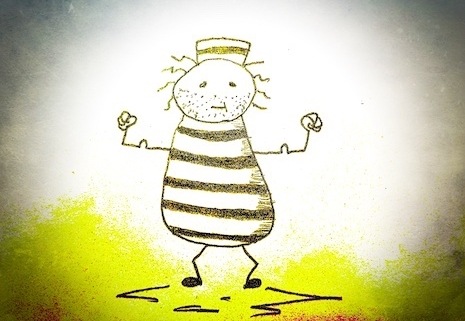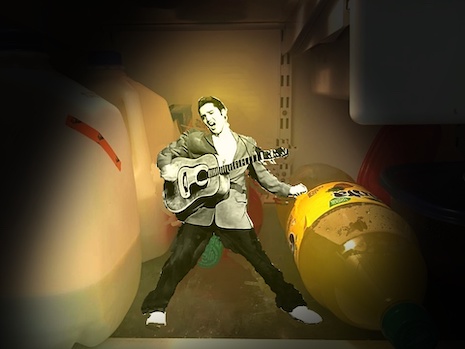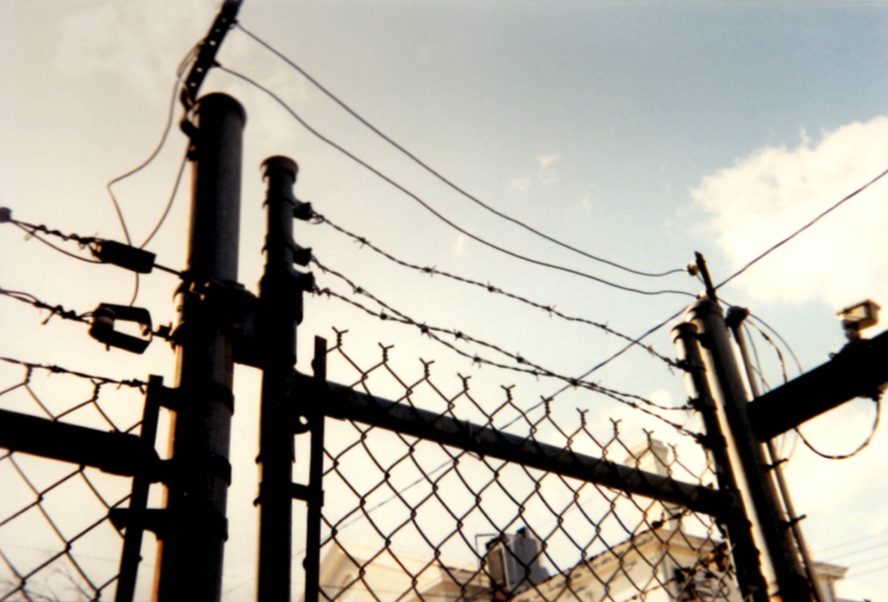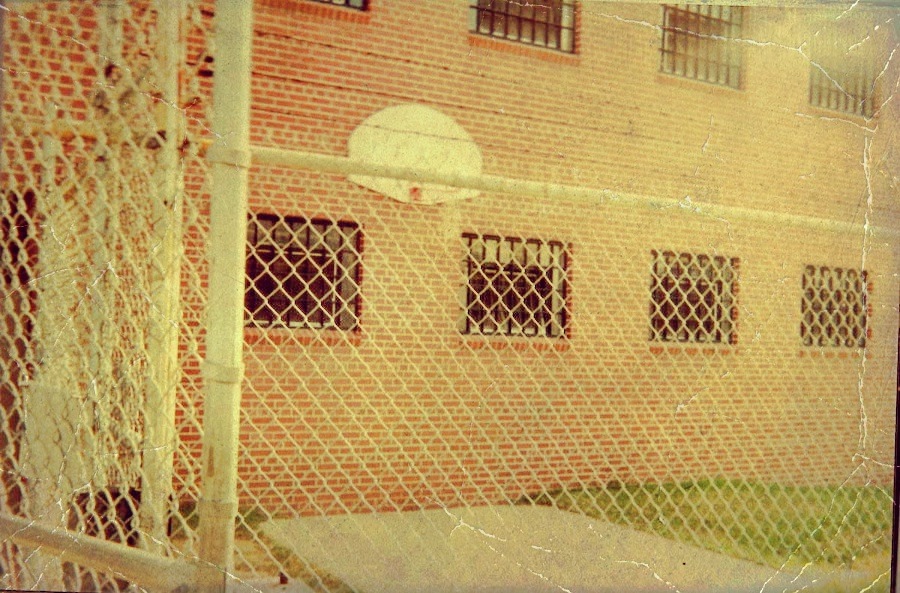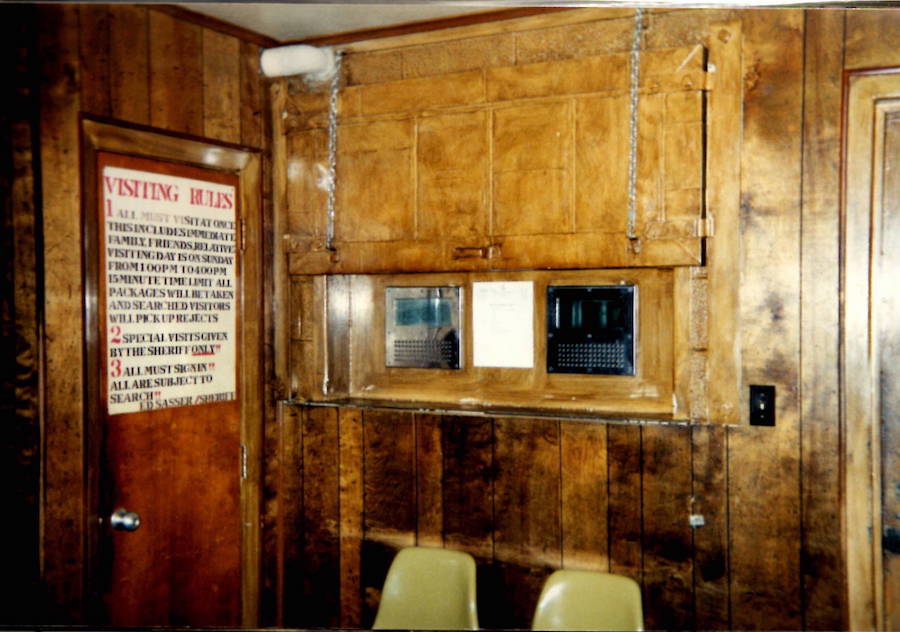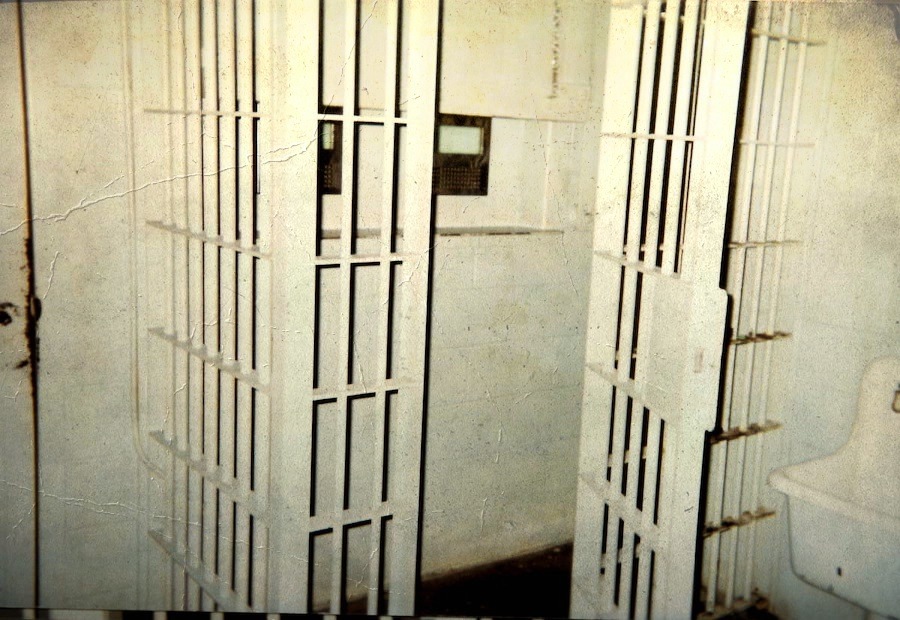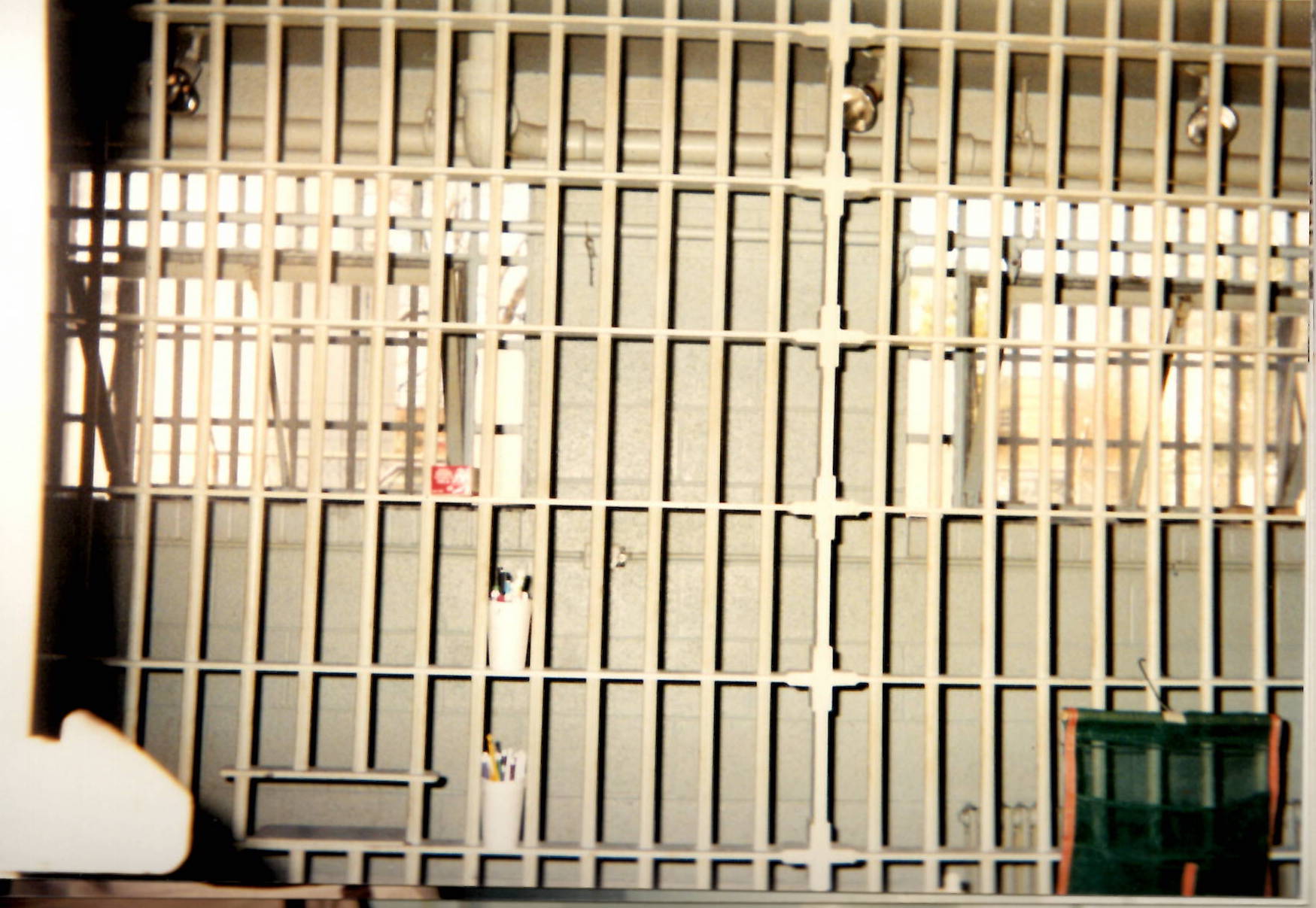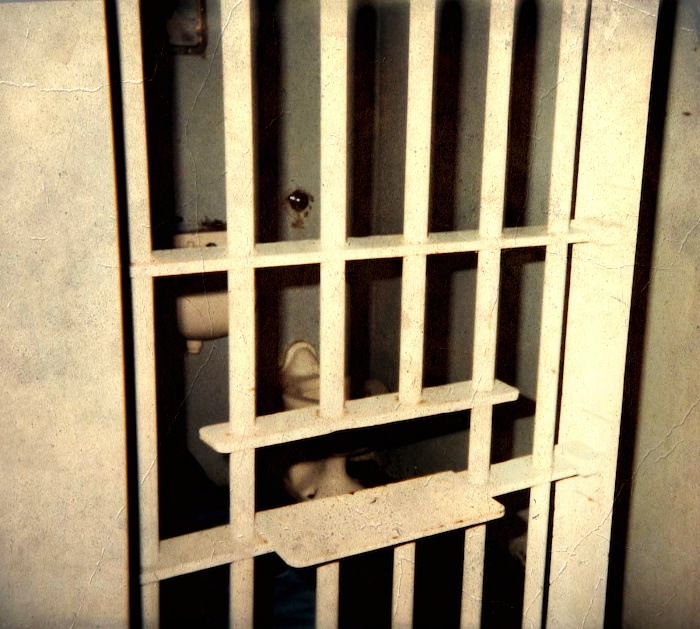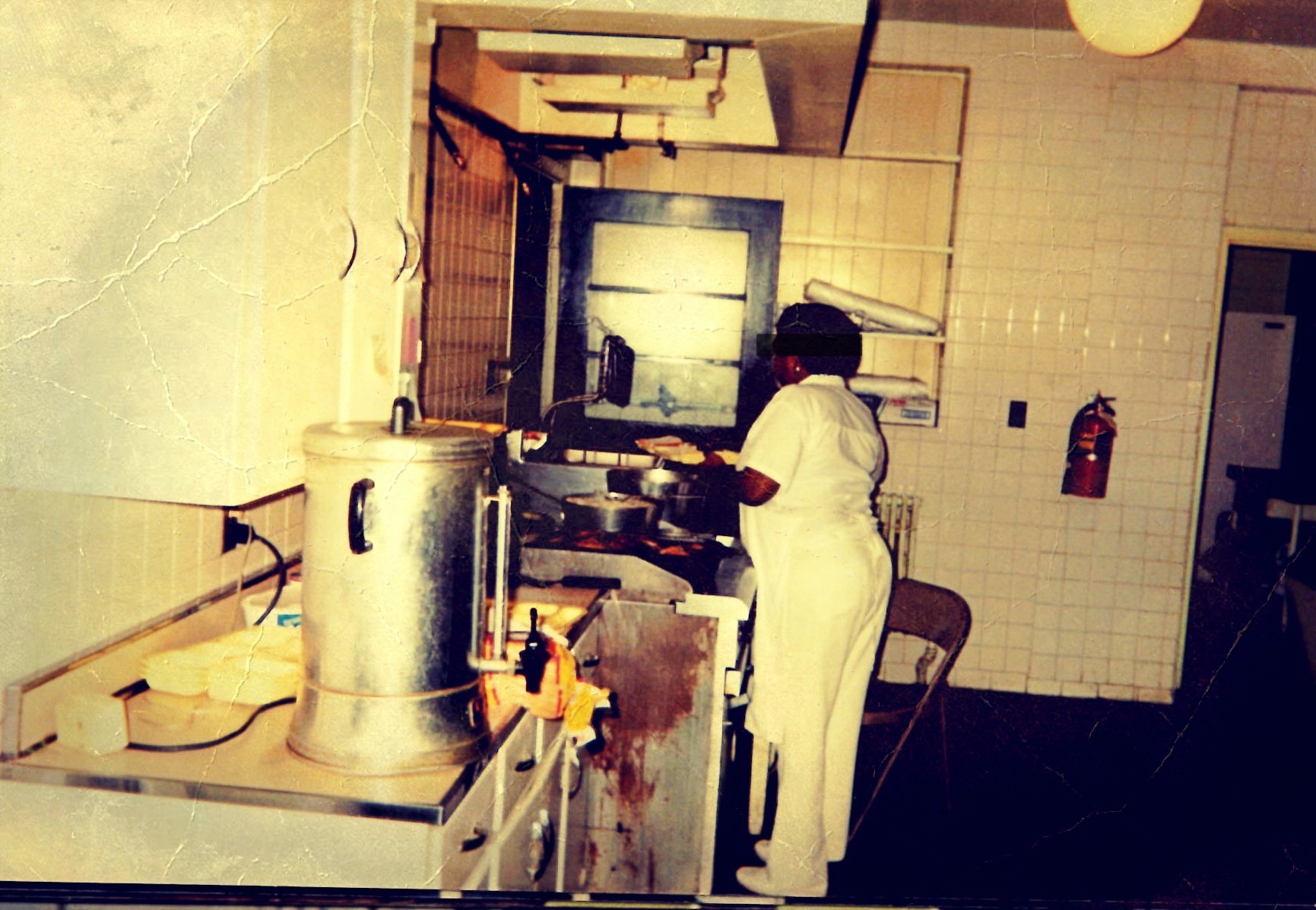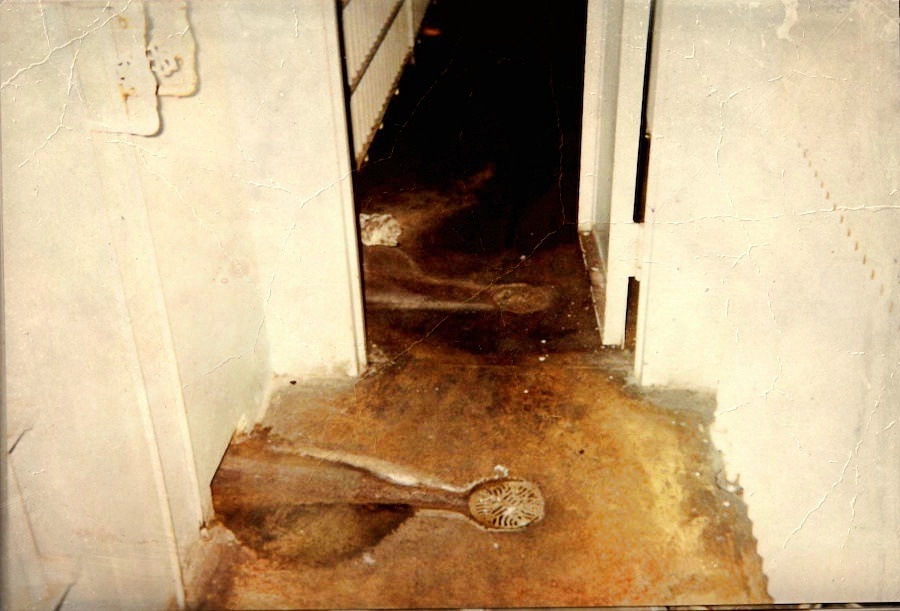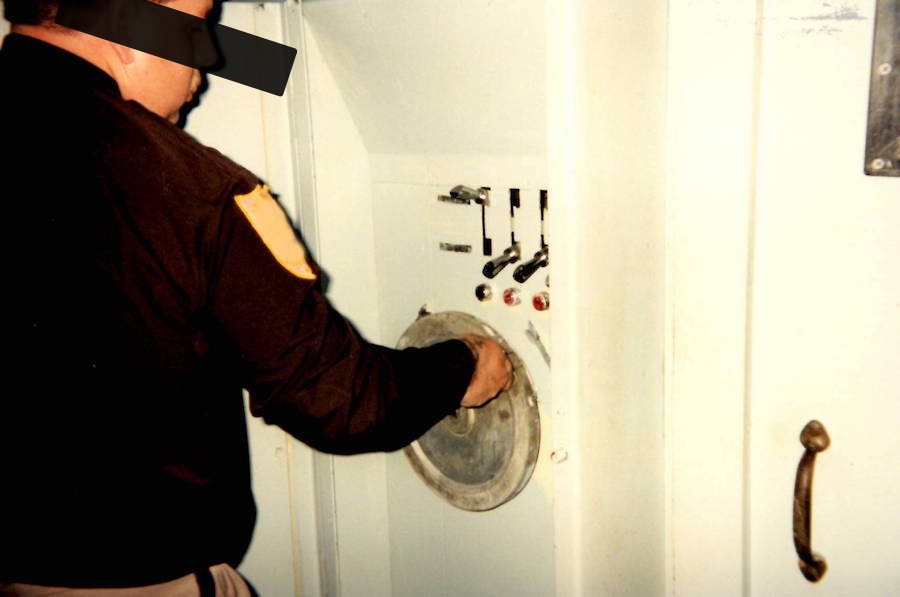The good folks over at crimescenewriter are currently discussing the hired killers, and as it happens I’ve investigated cases where assassins were hired to kill other humans. The “employers'” motives for wanting certain folks to die immediately were the usual sort—jealousy, greed, money, and drugs.
By the way, crimescenewriter is a fabulous Q&A site where writers present questions to member experts (medical examiner, detectives, explosives, weapons, and other top experts in a variety of fields). I learn something new nearly every time I visit.
Since the topic popped up again, I thought today would be a good time to re-post this article. It’s a true story about a low level thief I’ve called Stump Johnson. The alias is to protect the identities of everyone involved in what I’m about to tell you.
As I said above, Stump was not the man’s given name, obviously. But in the area of the south where I worked as a detective, several folks had nicknames they’d “earned” for various reasons.
There was “One-Eye” Pearson (he lost his right eye as a result of a stabbing). “Truck” Turner, a slim, lanky man drove a tractor-trailer for a chicken processing plant. “Backy” Parnell, a man who’d worked at a tobacco plant in Richmond for most of his adult life. “Cotton” Roberts, a farmer’s eldest son. Bill “Jack” Daniels, an avid deer hunter who always, without fail, kept a bottle of Jack Daniels whiskey under the seat of his pickup truck. And we mustn’t forget good ole “Road Runner” Rickert, a form high school football star who enjoyed running from the police even when he’d done nothing wrong. He simply enjoyed seeing cops run in his wake.
Stump didn’t do a thing to earn his nickname other than to be himself. He was short and stocky, and his arms and legs looked like they wanted to be a bit longer but never made it past the appearance of four lengths of chubby, overstuffed linked sausages attached to his torso. He also had a neck that wasn’t visible, as if his head rested squarely on his shoulders. So yeah, he looked like a tree stump. So …
The incident involving Stump started as a simple investigation about stolen property, a cheap copy machine, and it wound up as one of those sorts of investigations where a minor crime snowballed into a convoluted menagerie of criminal activity. One of those crimes involved murder.
Stump broke into a school to steal the copy machine. He did so in order to sell the device, hoping for a return of twenty dollars for very little time and effort invested. Then, after he’d handed over the copier to a local drug dealer in exchange for a small piece of crack cocaine, he’d smoke the drug and then head out to steal something else that could net another twenty-dollar “rock.” It’s a cycle that’s familiar to scores of addicts.
Anyway, Stump stole a copier and, unable to unload it to his regular dealer, sold it to a guy who was known for receiving stolen merchandise. The “guy,” a local businessman, had his “people” transport hot items out of town where they’d resell at a profit. Selling in a location other than where the property was stolen meant the chance of getting caught was less than great.
This time, however, Stump was arrested while purchasing crack cocaine during an undercover narcotics operation. And, to save his own skin, he started singing like a drunk parrot—“So and so sells liquor to kids. Uncle Billy Buck is dating an underage girl. My cousin speeds all the time. My mama once stole a loaf of bread. Aunt Lulla Belle dips snuff. Grandma runs a liquor still.” Anything that he thought would prevent going back to jail.
 But the thing that brought me into the picture that night was when he said, “The ‘guy’ who bought the copier I stole is looking for someone he can hire to kill his lover’s husband.”
But the thing that brought me into the picture that night was when he said, “The ‘guy’ who bought the copier I stole is looking for someone he can hire to kill his lover’s husband.”
So we went to work, first by having undercover officers purchase stolen merchandise from the “guy,” who we’ll call Freddie the Fence. During the time of the undercover operation regarding stolen property, I’d also had undercover officers purchase narcotics from Fence’s girlfriend, the wife of the man Fence wanted to kill. I know, the tale’s a bit twisty right now but we’re getting there.
As soon as we had Fence’s adulterous girlfriend in custody, she, too, started snitching on everyone under the sun, including Fence. Miraculously, she’d instantly re-fallen in love with husband and was sorry for the affair with Fence. She said she’d been horrified to learn that Fence planned to have her husband killed. So she said, but feel free to insert a big, fat eye-roll at this point. I didn’t believe it either. Not for a minute. She was in on the plot from the beginning. Actually, the whole thing was her idea.
She told me she was scared of Fence. By the way, we’d recorded the two of them—the woman and Fence—together in their vehicles on numerous occasions and, believe me, the last thing she was, was afraid. If anything, it was Fence who should’ve been frightened of her, with all of the screaming and thrashing about going on during, well, you know.
She finally owned up to being a part of the scheme to murder her husband, hoping for a reduced sentence by being cooperative. She told me the plan was for her to convince her husband to join her on a picnic in a wooded area out in the countryside. The location was hilly with a creek situated where the bottoms of two rolling hills met. It was a place where vegetation was wild and wooly and the tree canopies were thick. It was that deep into the woods.
The specific point where the picnic was to take place was in a clear line of sight, one-hundred yards up to a midway point on the side of one of the hills. At that hillside location, the intended shooter-for-hire fashioned a makeshift hunting blind of branches, limbs, and loose pine straw. If a person didn’t know it was there they’d not have been able to spot it. He was to make the “kill shot” from the blind.
Before the appointed day of the killing, we asked the woman if she’d wear a wire during a meeting with Fence. She agreed and what we heard was as chilling as it gets. Fence detailed the entire plan, including that he’d decided to kill the hired assassin once the killer had murdered the woman’s husband (so many twisty turns). Then he and she would flee to another state where they’d live under assumed identities.
Fence named the assassin and he stated how much he’d already paid as a deposit and the amount of the balance due when the deed was done—$5,000 each time. He described everything, and even spilled the beans about his entire criminal enterprise, including his drug operation and where he bought his supply, and the routes they took when making their runs. He told where they hid stolen property and where they took it to sell, and more. All because he loved and trusted this woman who sold him out in mere seconds. Apparently the love was not reciprocal when a life sentence in state prison was at stake.
So, long story short, with probable cause established, I applied for search warrants for Fence’s business and home, as well as a warrant for the home of the hired gunman. We found stolen property and narcotics at all three places. Fence and Mr. Hitman were arrested and jailed. Both admitted their guilt and settled for a plea agreement.
The girlfriend/wife … sigh … was welcomed back home by the intended victim of murder. Yes, her husband forgave her for playing a role in what was almost his demise. As far as his wife having an affair with Fence, the husband forgave her for that too. But, less than a year later she was in cahoots with another bad guy and was quite literally caught with her pants down when his place was stormed by police during drug raid. Yes, the goo-goo-eyed husband posted her bond and took her back, again.



